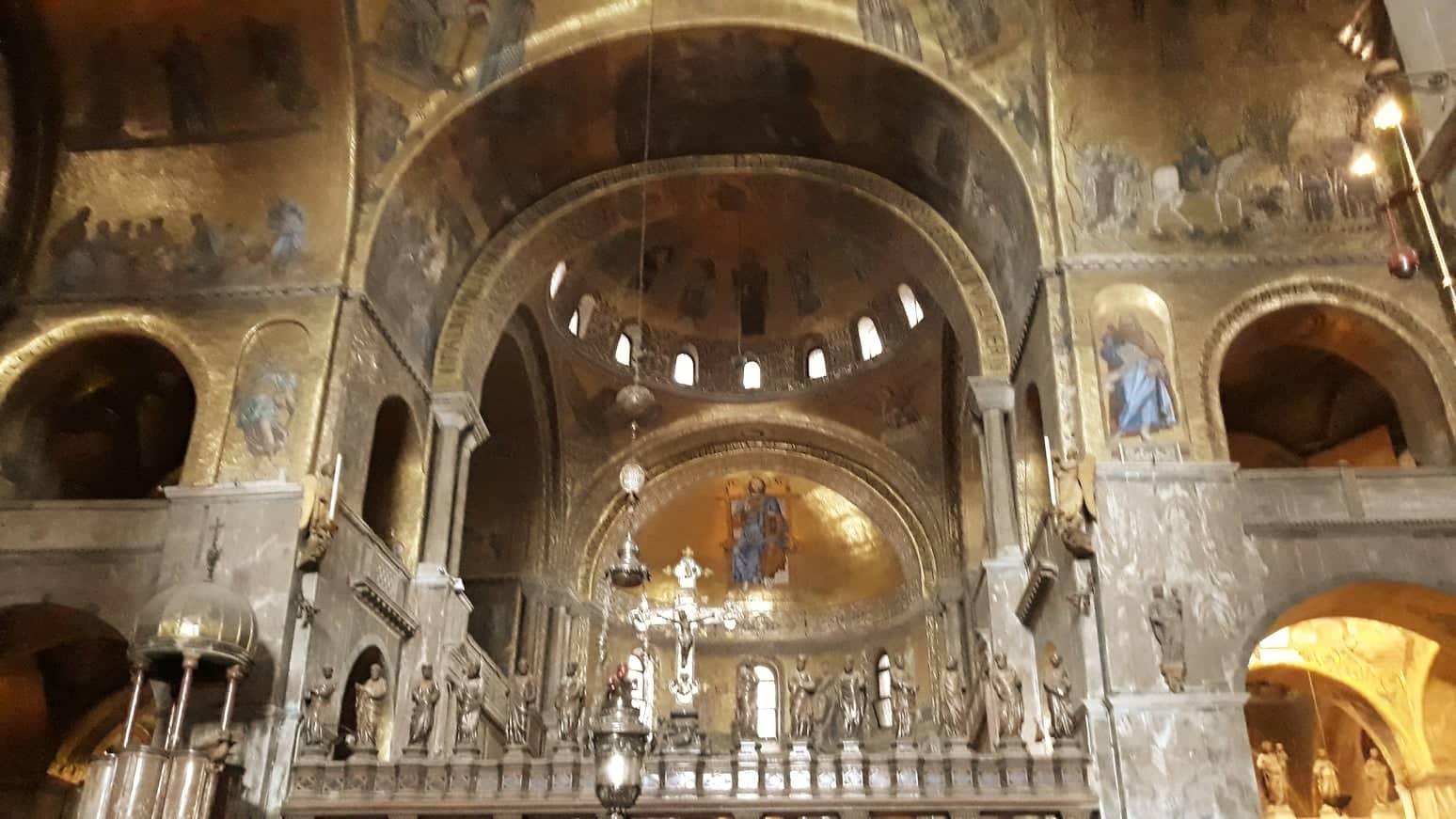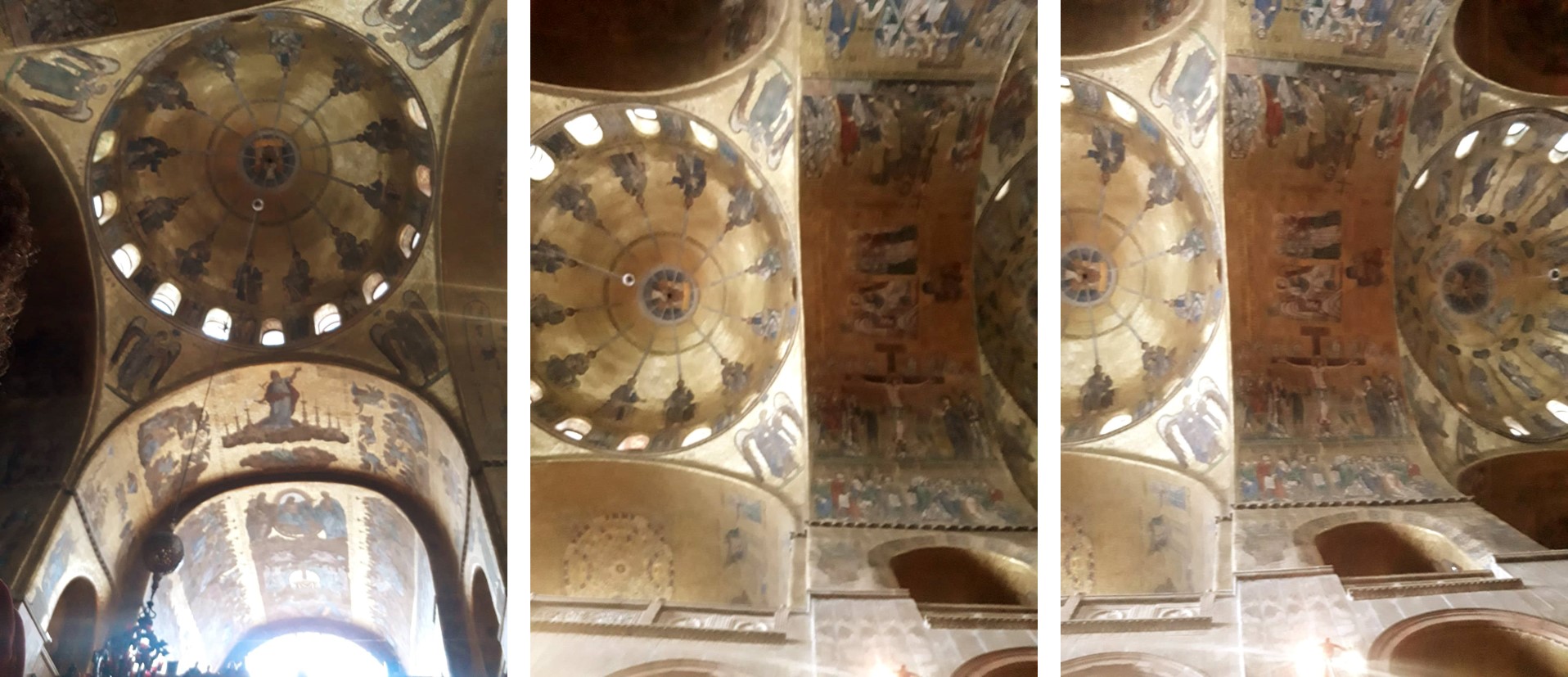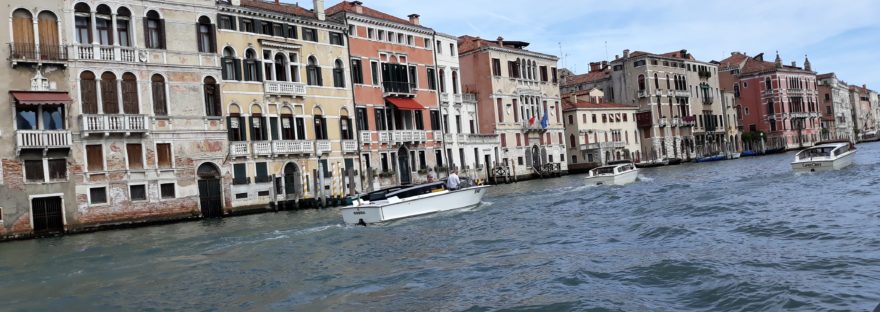In northeastern Italy there are 118 islands in the Adriatic Sea, which together are known as Venice, the “Floating City”. As expected, Venice has its own “floating cathedral”, we are referring to the beautiful St. Mark’s Basilica.

As the stories tell, in 828, the relics attributed to St. Mark the Evangelist were transported from Alexandria, Egypt, by Italian navigators to reach Venice, by way of contraband. The church of San Marcos was built by order of the “doge” to become the final resting place for the evangelist.
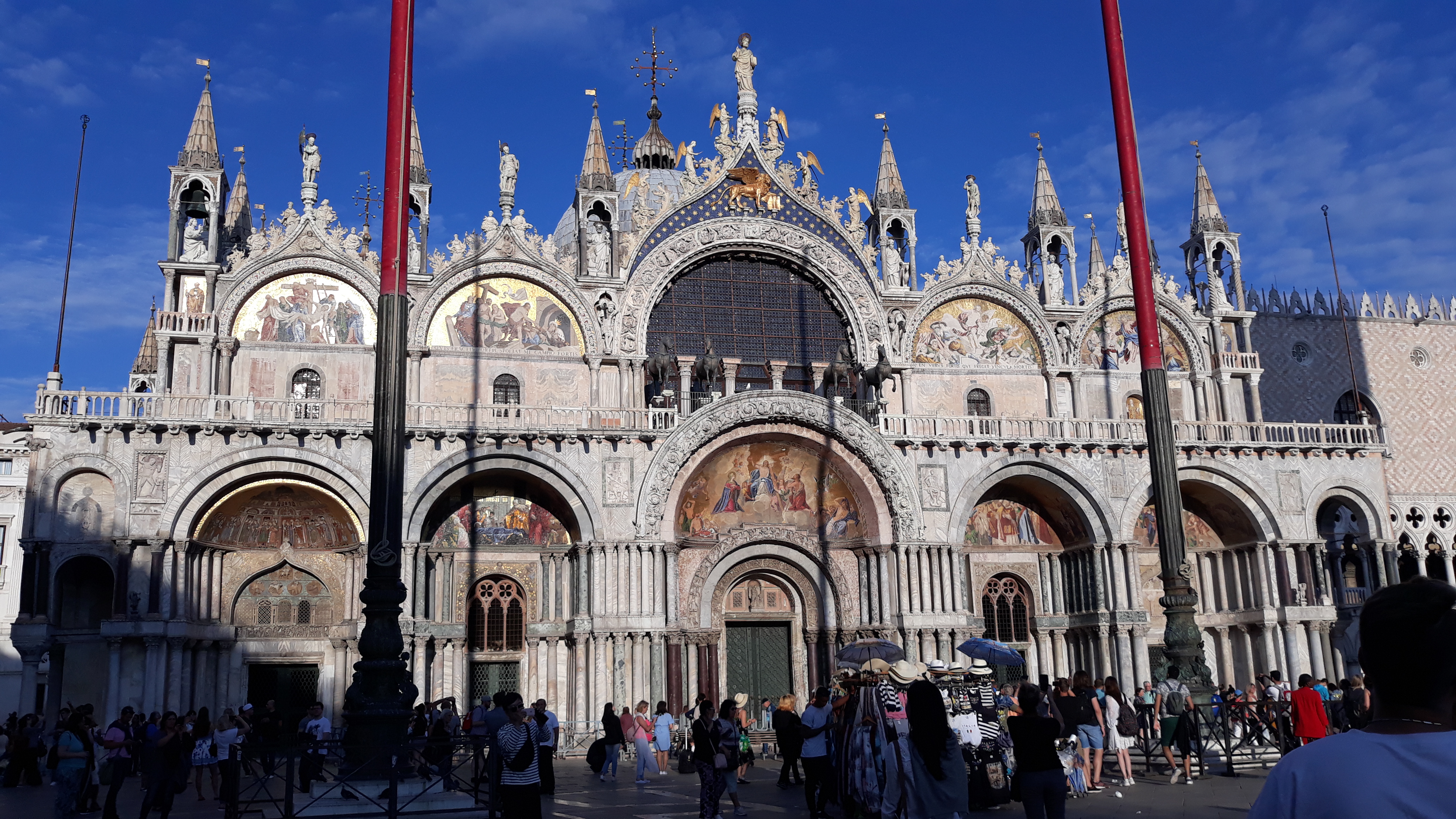
The Cophts believe that the saint’s head is still in Alexandria. Every year, on the 30th day of the month of Babah, the Coptic Church commemorates the consecration of its church of St. Mark in Alexandria, and the finding of the saint’s head in this temple, where the relic is preserved.
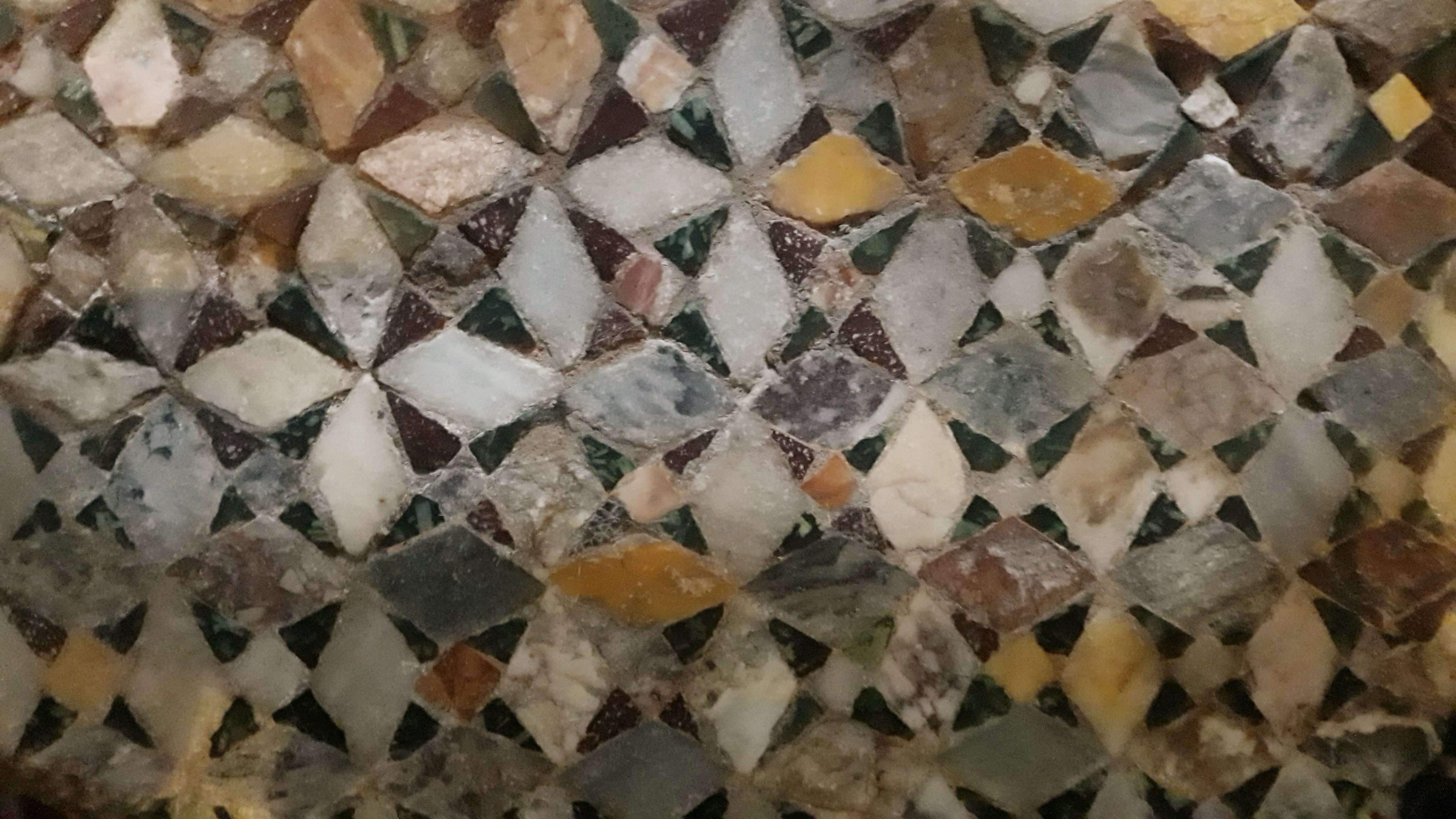
Over time, the church was rebuilt several times. It was in the eleventh century that the foundations of the existing basilica were built. The interior has remained basically the same, and the exterior has undergone modifications, reconstructions and additions, as usually happens.
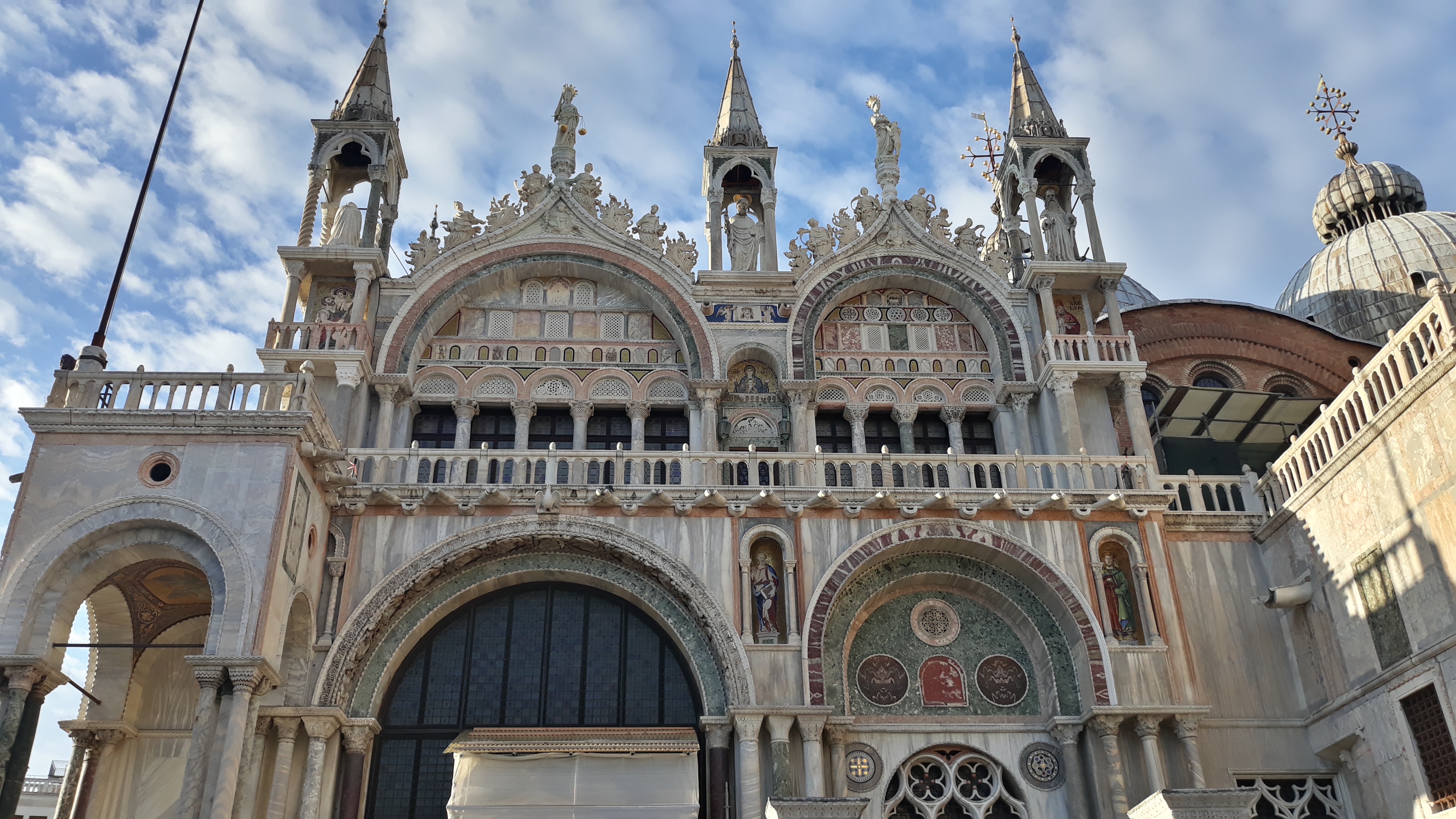
The cathedral seems to shine in the sunlight. The details offered by the structure are impressive.
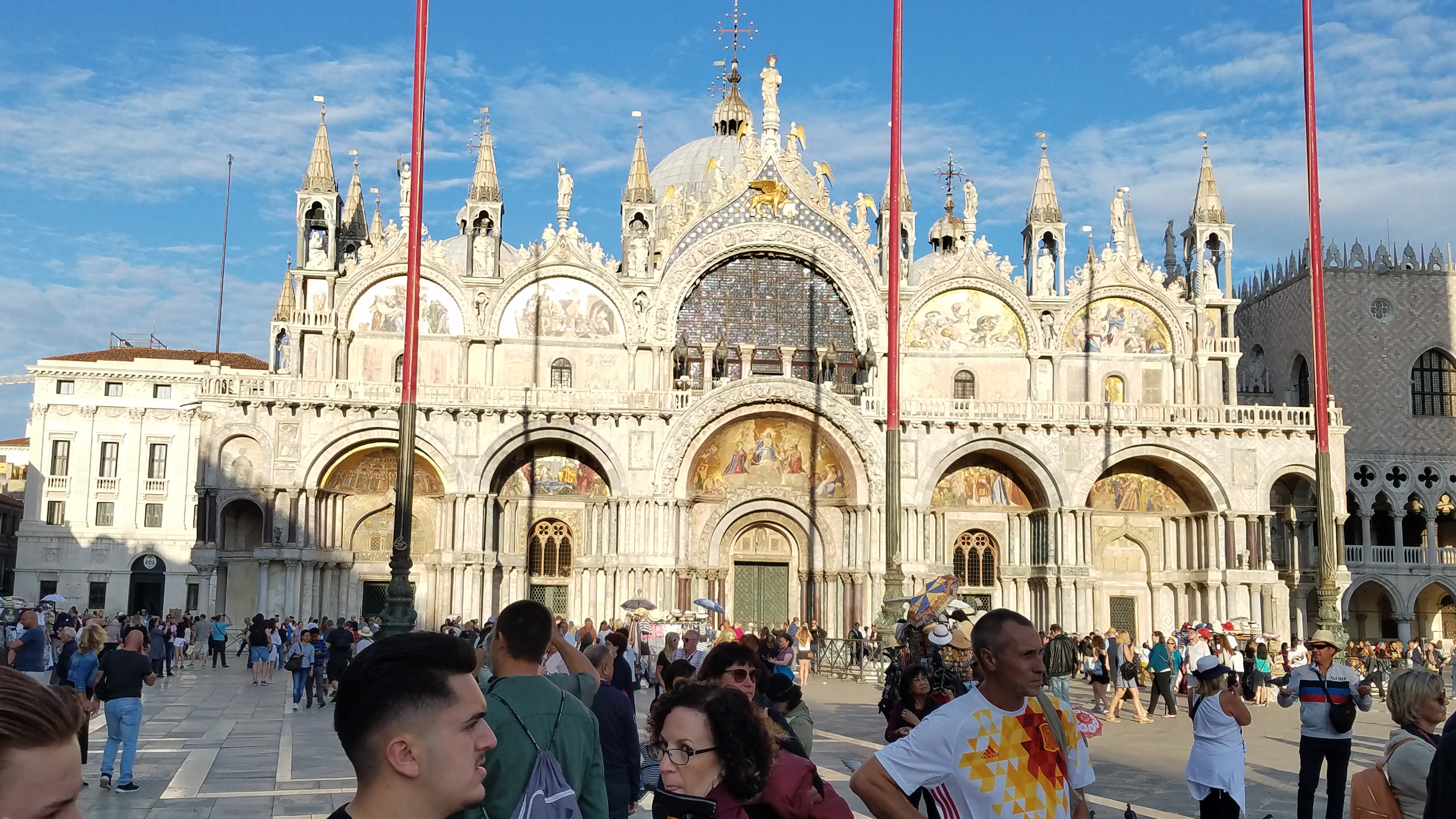
On the central portal, the four horses of San Marcos preside over the balcony. It is believed that these statues were attached to a “quadriga” or car, typically used by the Greek gods, specifically by Apollo. Known as the “Triumphal Quadriga,” these Roman bronze statues were a trophy obtained from Constantinople in 1204. The horses that dominate the Lodge are replicas of the original horses that can be seen in the museum.
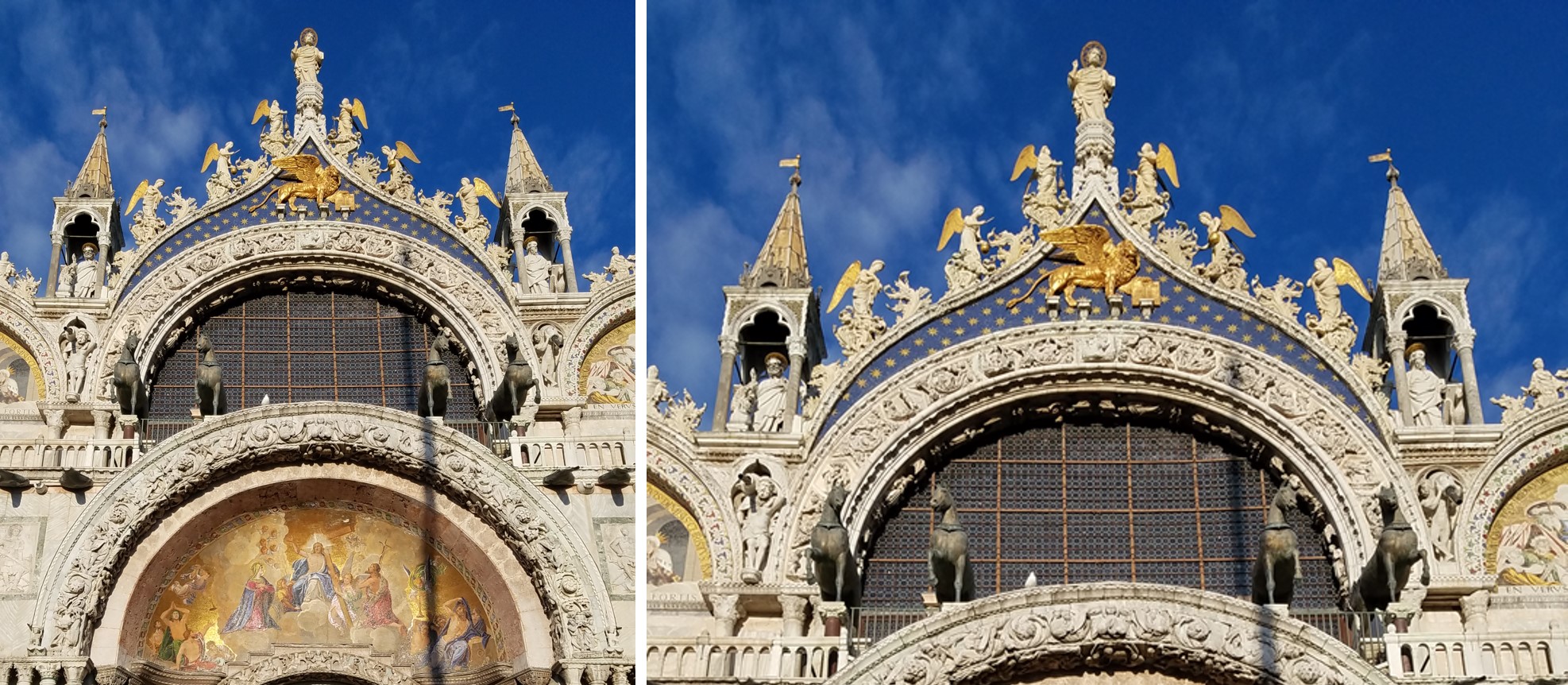
The interior walls of St. Mark’s Basilica are covered by colorful Murano glass mosaics and a lot of gold. At certain times of the day, they turn on a special lighting, which makes the mosaics shine beautifully, resulting in a memorable moment for visitors.
